Corsair Recovery 09/09/07
We will remember them.
Cleaned parts updated 16/09/07 pages
4 and 5
Page
1 2
3 4
5
This is a record of the recovery of
A Brewster built Corsair II JS590, 759
Squadron Yeovilton on 09/09/07
I am grateful to Ian Hodgkiss and the team for
allowing me to record this excavation so we can all share in the experience.
Brewster built
Corsair II JS590, 759 Squadron Yeovilton. Spun at about 4500
ft during dog fighting exercise. Late recovery, dived into
field near Charlton Mackrell, 13th January 1945.
Sub Lieutenant
Richard Catlin Scriminger, 22, Buried Scarborough (Manor
Road) Cemetery
Wartime colour photograph of Fleet Air Arm Corsair JT96-
coded "530"
one of only ten Brewster built Corsairs delivered to the RN
in 1944
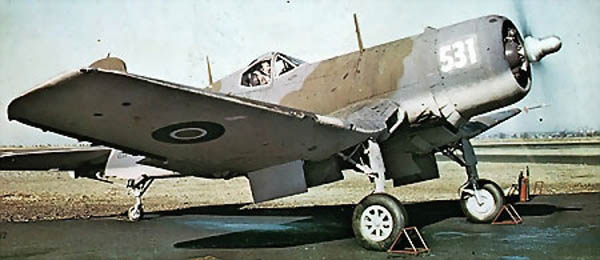
The Chance-Vought F4U Corsair was one
of the most successful fighters of WWII. In production longer than any
other US fighter in World War II (1942-1952) with 12,571 built, the Corsair
had several claims to fame, and some of which remained in service as late as
1965. It was credited with an 11:1 ratio of kills to losses in action against
Japanese aircraft and was the last piston-engine fighter in production for the
US, Fleet Air Arm or other naval air arms.
The F4U Corsair consisted of a
streamlined fuselage of circular cross-section, a unique inverted gull wing
structure and piston engine with large driving propeller. The cockpit was
set well back, and the restricted view was a serious problem. The first XF4U-1
prototype flew on 29 May, 1940, and handling problems were found. However, the
American Government went ahead with ordering the Corsair and the first
production aircraft flew on 25 June, 1942. Early versions of the Corsair
tended to 'bounce' upon landing due to their rigid undercarriage. Therefore it
was at first restricted to land-based naval units, and after some
modifications, it was used also for shipboard operations, but continued to
require careful handling.
Fleet Air Arm Corsair
lining up on the Flight Deck prior to Operations, with the British Pacific
Fleet in 1945
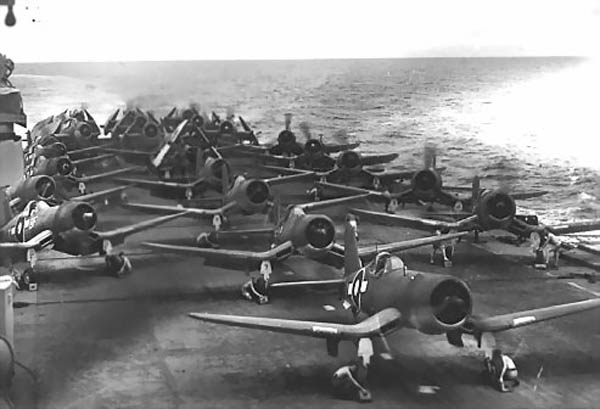
12,571 were built. In all Vought built a total of 4102 F4U-1s, Brewster
completed 735 F3A-1s and Goodyear manufactured 3808 FG-1s.
This aircraft was according to a local
eye witness subject to a thorough recovery at the time of its crash lasting a
week. It would appear that the team have recovered what was thrown back into
the hole. I will add text to the picture's tomorrow as I want to go to bed.
Please remember
these picture's are original and subject to copyright. If you wish to use them
contact me and I will seek the permission of the team.
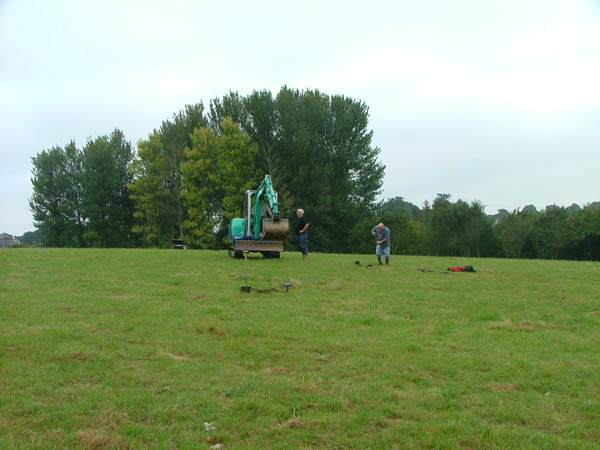
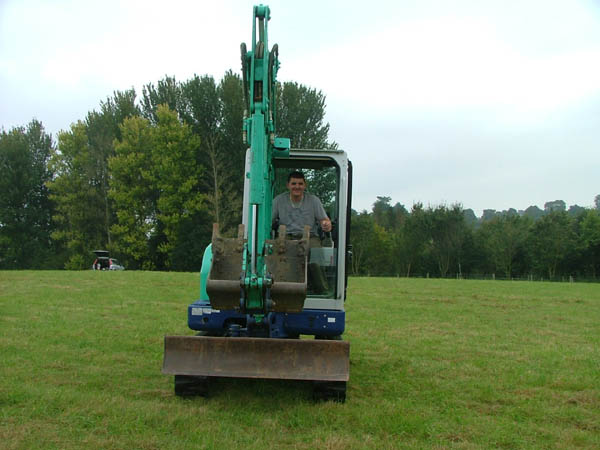
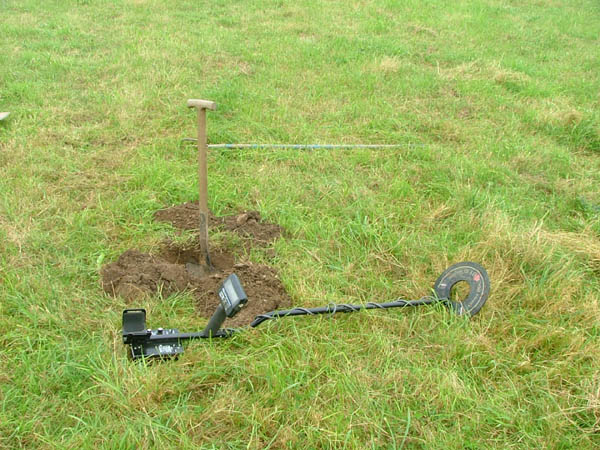
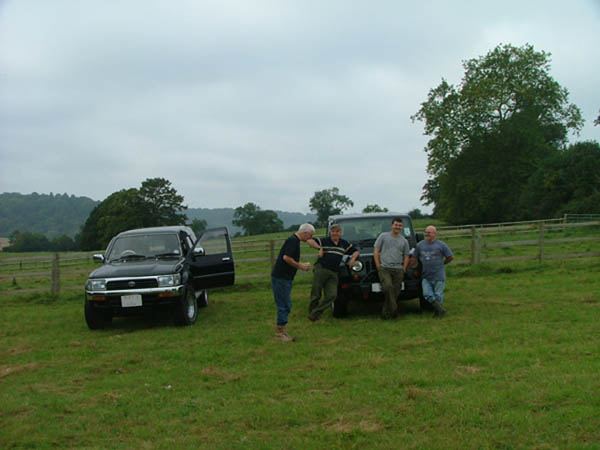
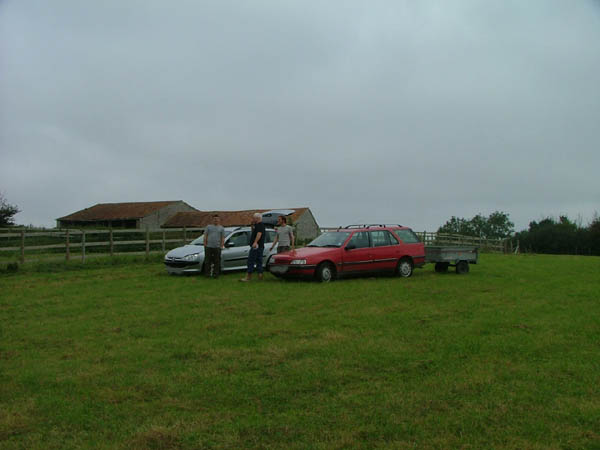
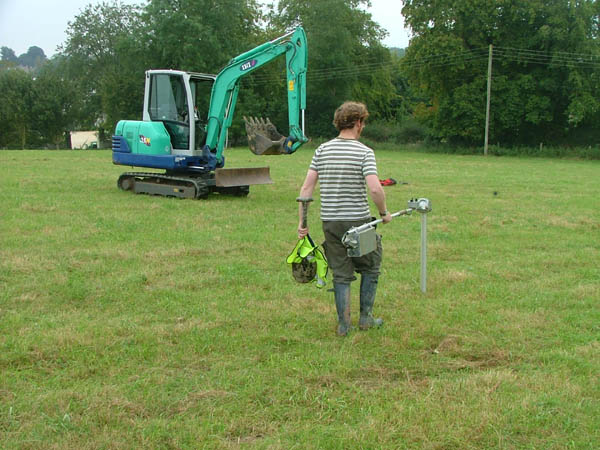
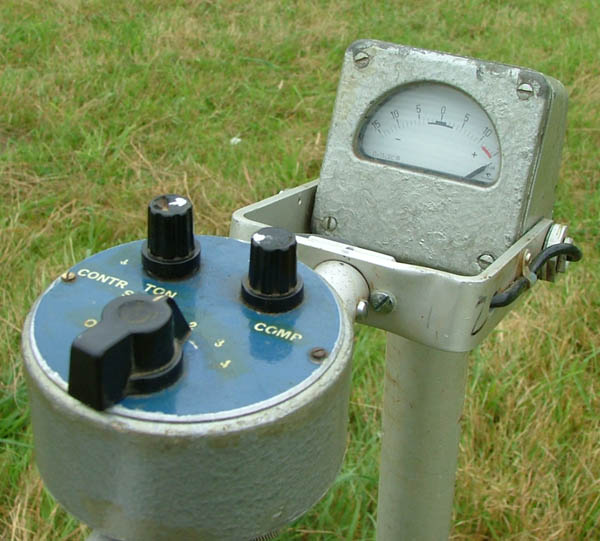
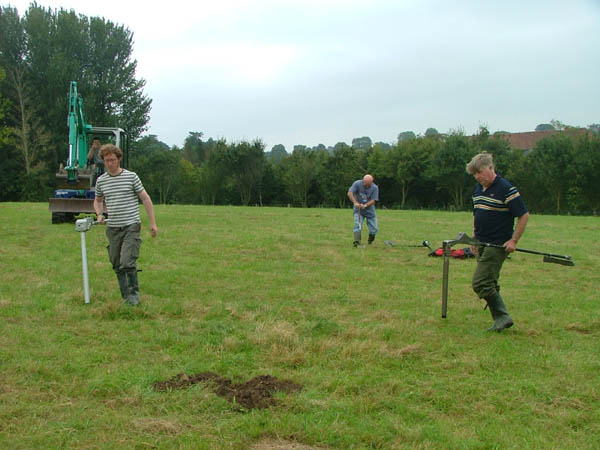
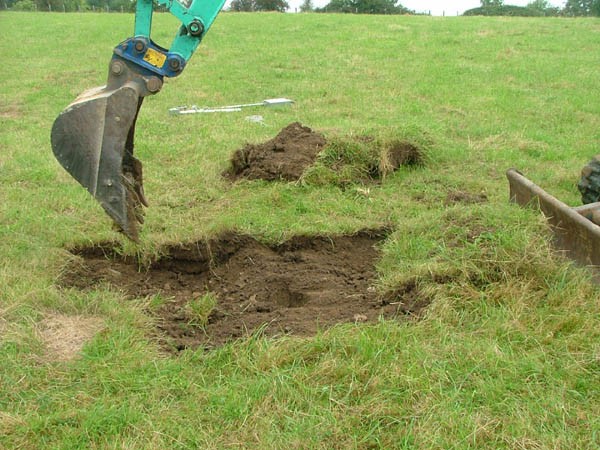
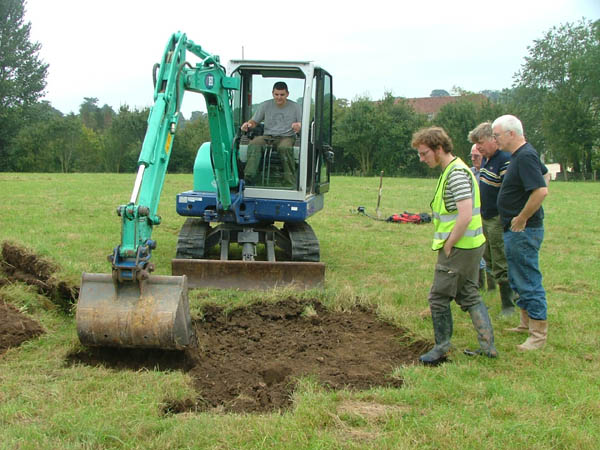
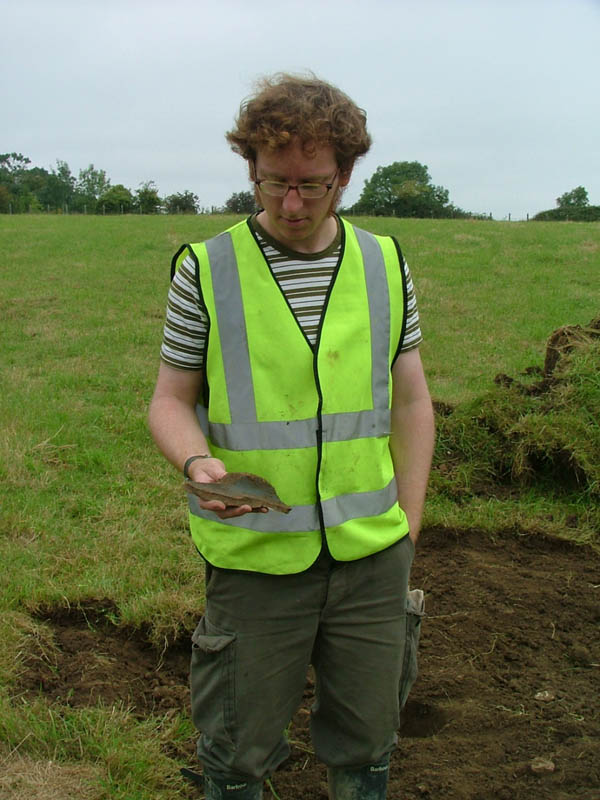
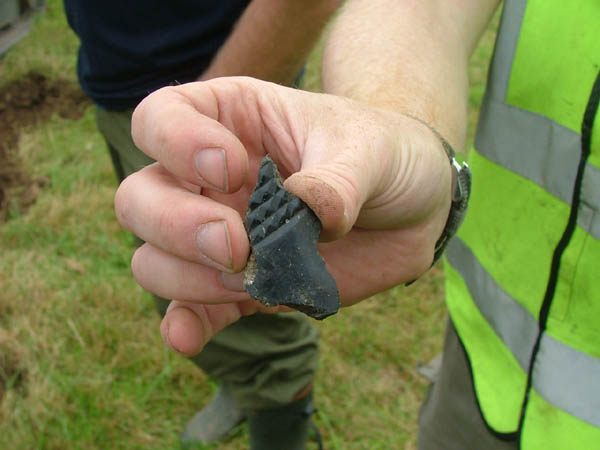
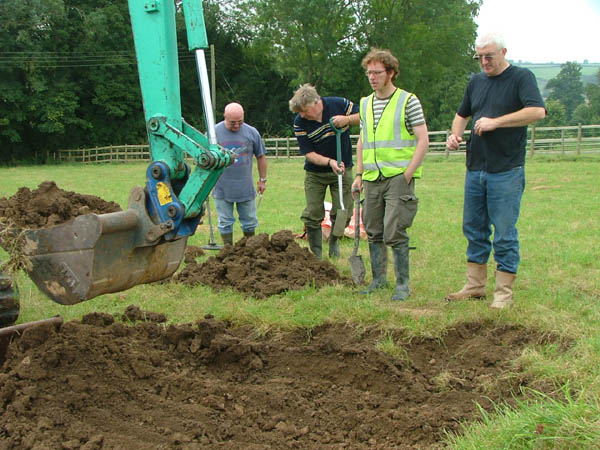
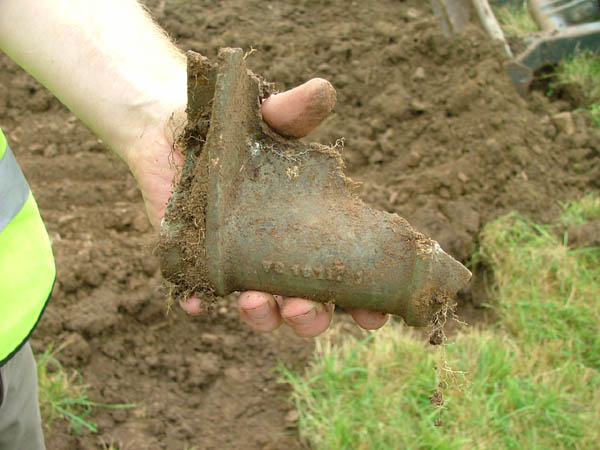
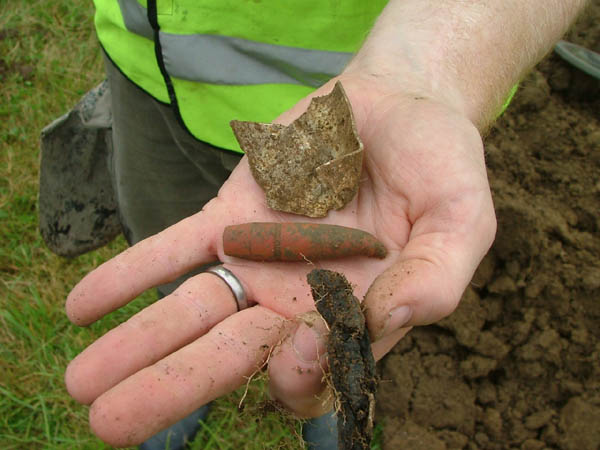
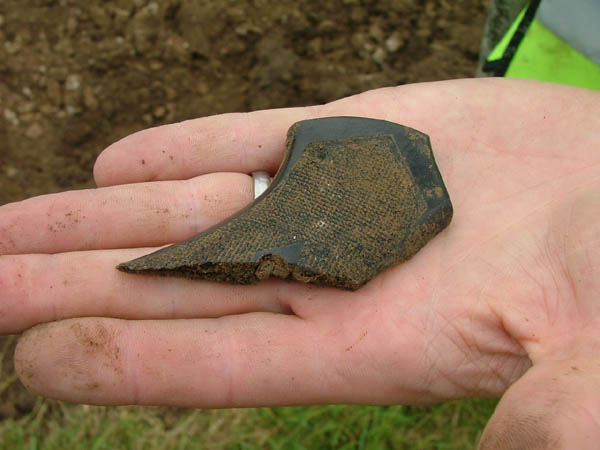
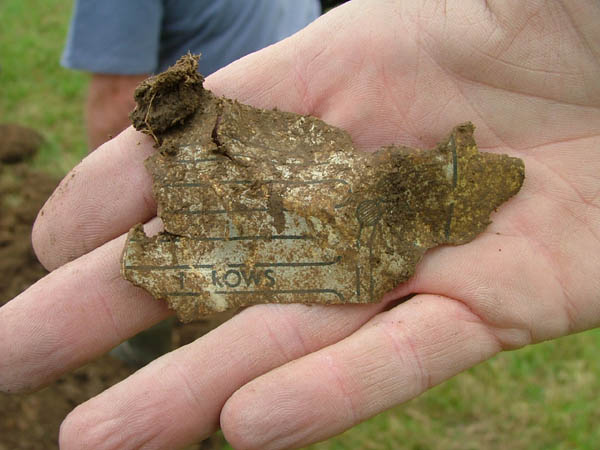
How it looked 60 years ago.
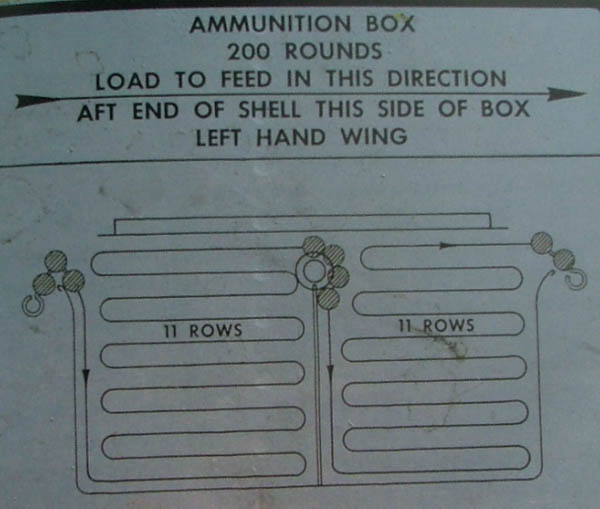
Part of the ammo box the force of the crash drove the
ammunition clean through the box
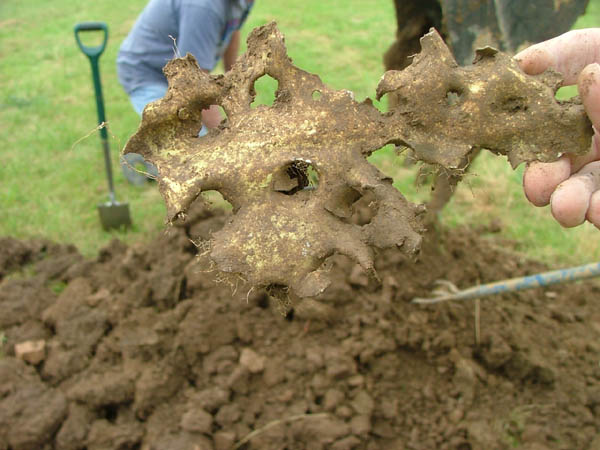
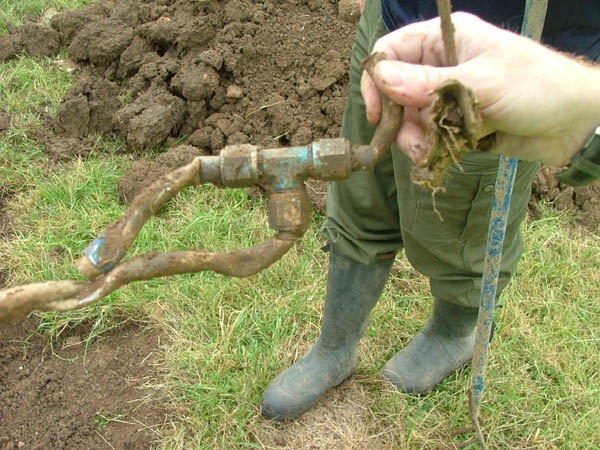
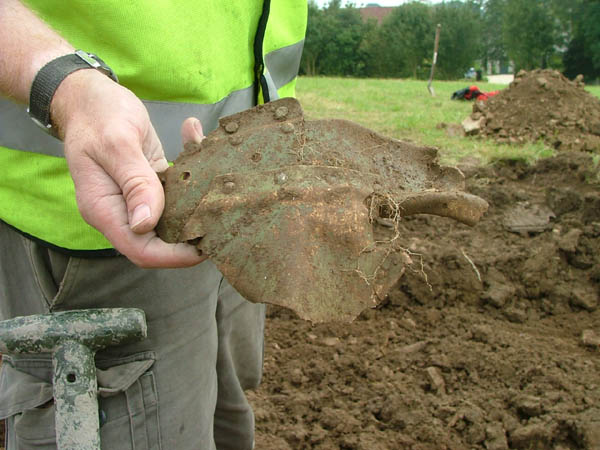
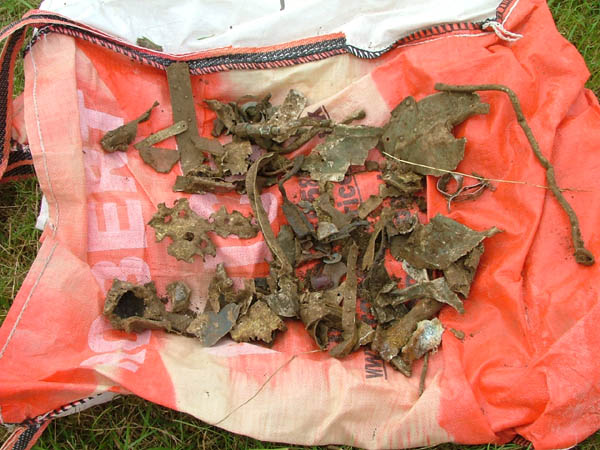
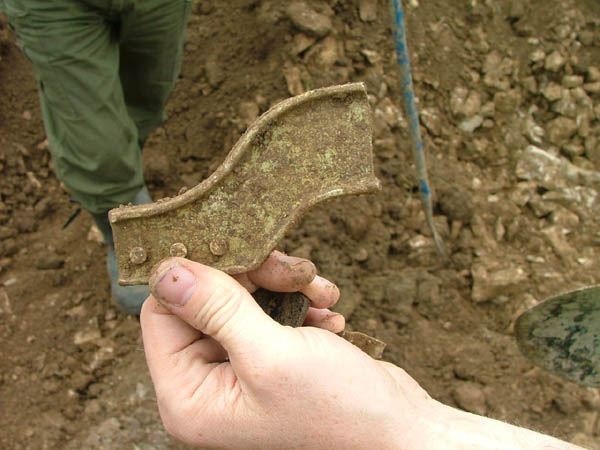
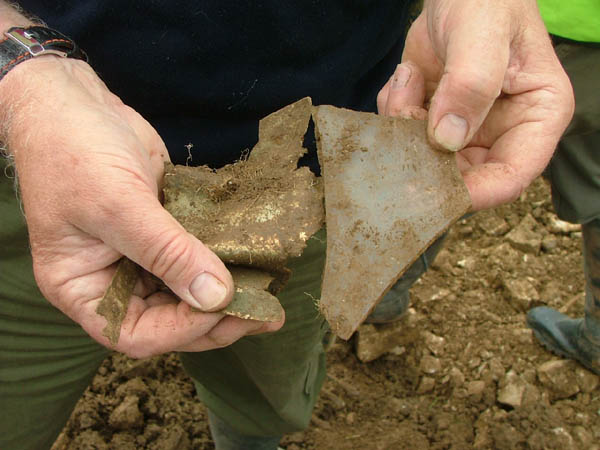
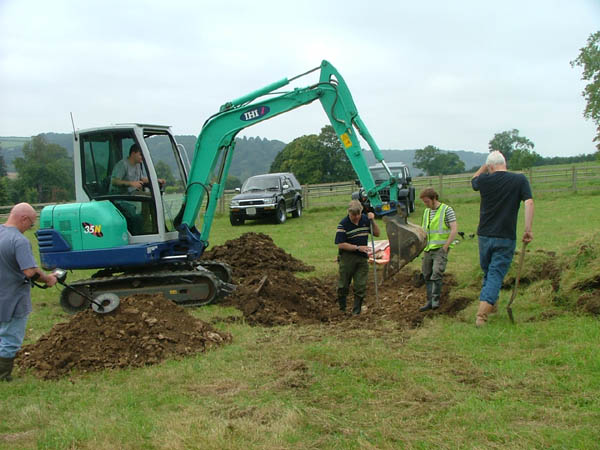
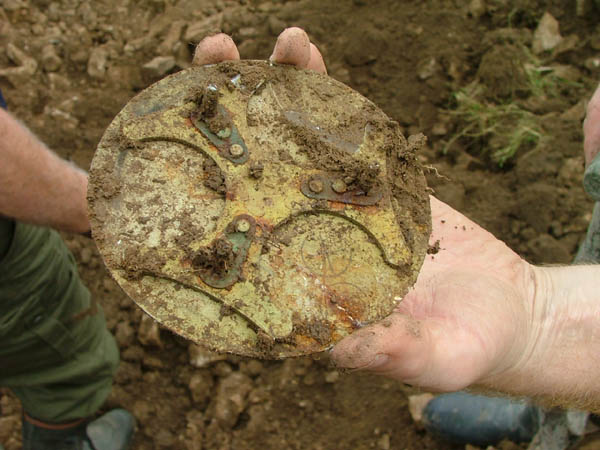
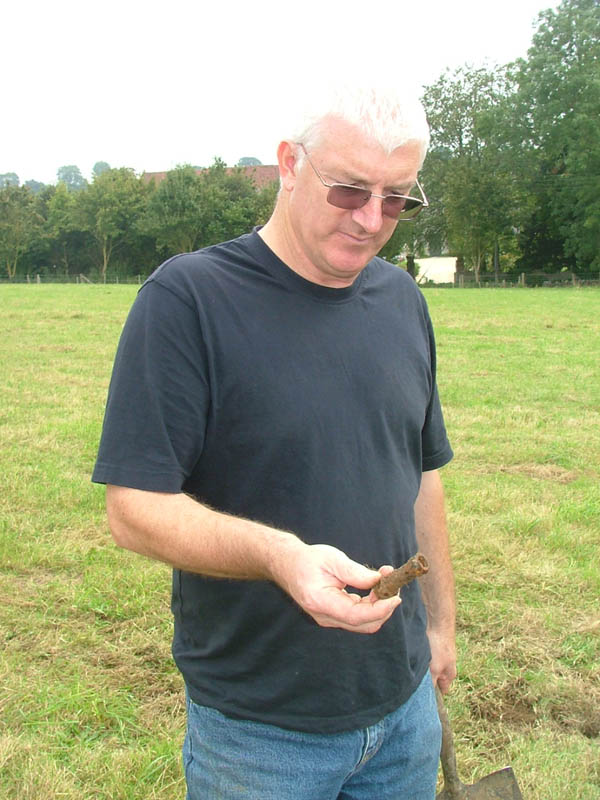
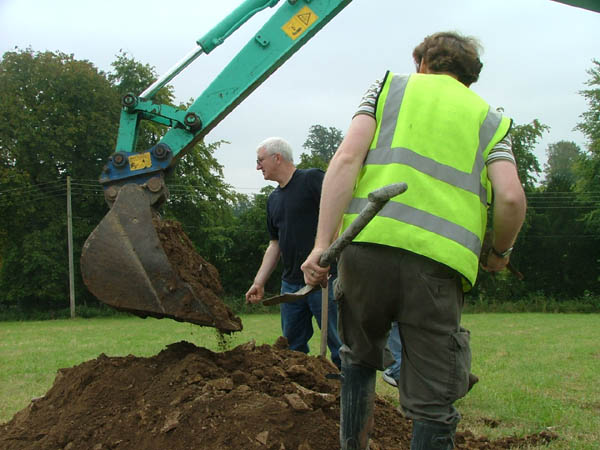
The Corsair mirror.
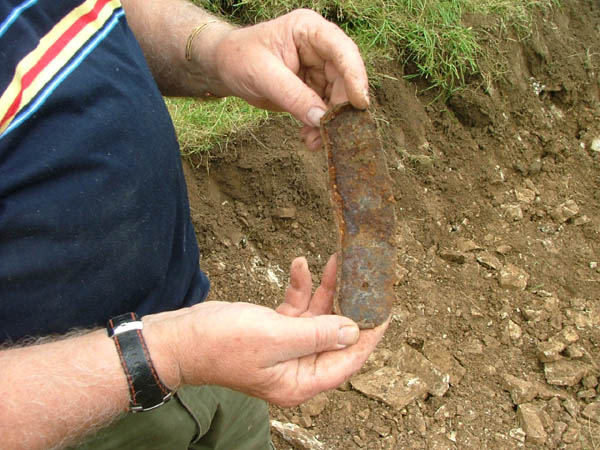
Page
1 2
3 4
5 |
